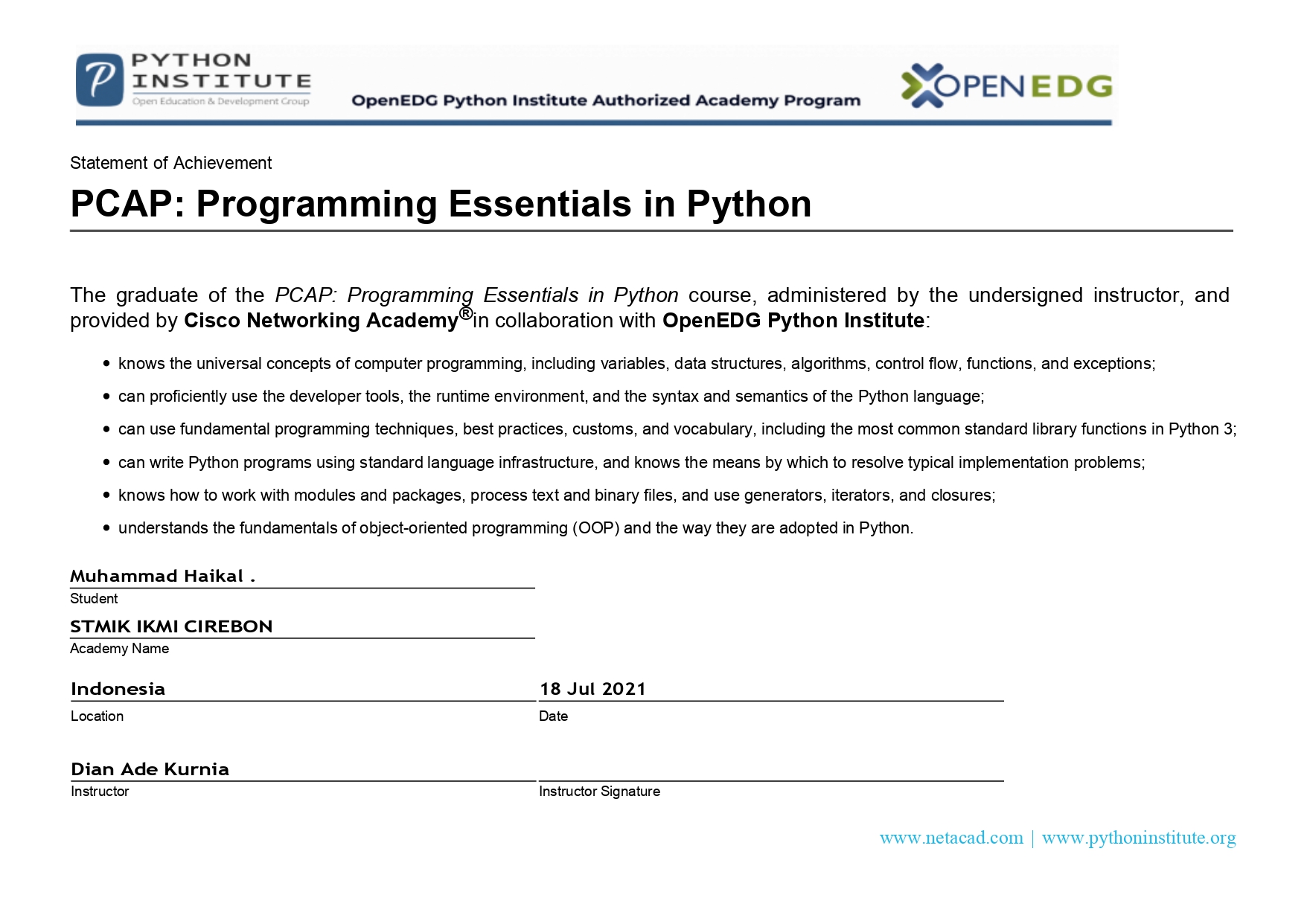
Digital Agency
1 monthDeveloped a professional landing page for Cepat Beres, a digital agency offering a wide range of services including academic assistance, website creation, digital invitations, digital marketing, graphic design, and more. The website was built to effectively present services, enhance user trust, and drive conversions through clear Call-to-Actions such as “Free Consultation” via WhatsApp and “Get a Quote Now”.
Key Features
- Full navigation menu: Home, Company, Portfolio, Service, Blog, Contact
- Hero section with persuasive headline and subtext
- Integrated WhatsApp button for direct communication
- Modern, tech-inspired UI design
- Fully responsive layout for desktop and mobile devices
















